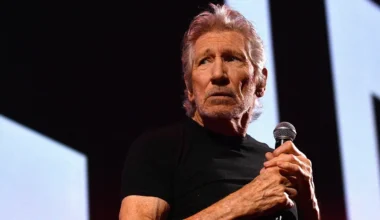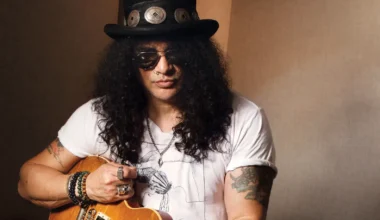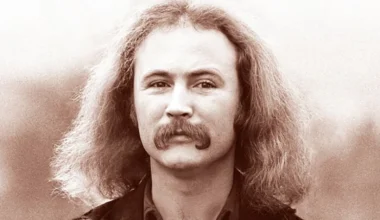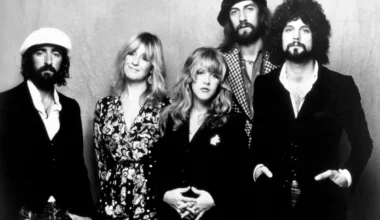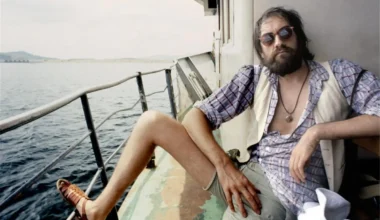By the early 1990s, rock music desperately needed a transformation. The decade’s youth were seeking something more edge-laden since they had had enough of glam rock and hair metal. Let me introduce you to grunge and alt-rock. Nirvana was at the vanguard of a genre that arose as a more stylish, yet equally appealing, substitute for the guitar music that had been playing on radios for a considerable amount of time.
The trio, which hid appealing melodies beneath thick layers of sludge, emerged from Washington in the late 1980s with a grungier approach to guitar music. A sound, previously confined to practice areas and divey underground venues, shocked the audience.
Kurt Cobain was soon to become the defining rockstar of the era, bringing an entirely new sound to the mainstream.
Cobain is still regarded as one of the most inventive characters in the alternative scene more than thirty years later. His work continues to be felt in contemporary music, having influenced artists ranging from Lana Del Rey to Linkin Park. It’s hard to imagine Cobain drawing inspiration from any other artist, given his level of influence, but he was as much a fan as a frontman.
From tape aficionado Daniel Johnston to fellow alt-rockers the Melvins to the Japanese pop-punk group Shonen Knife, Cobain was always drawn to and impacted by the alternative and outsider music produced by his contemporaries and peers. The Wipers especially influenced him, a group Cobain once said: “started Seattle grunge rock in Portland, 1977.”
It’s clear why Cobain liked the Wipers‘ music after just one listen. Their sound was equally catchy as Nirvana’s, even though it wasn’t always quite as muddy. The sound created by strong vocals and gritty guitar riffs lies in between the emerging grunge scene and the post-punk scene. Nirvana may have popularized grunge, but the Wipers pioneered it years earlier.
Kurt Cobain, in particular, praised the band’s lead singer, Greg Sage, because he was a “romantic, quiet, visionary kind of guy.” What else is there to say about them? Sage’s vision and voice seem to be a key component of the Wipers’ unique sound. His guitars propel each song forward. His vocals fall somewhere between a punk rocker and a British post-punk frontman.
Cobain covered several Wipers songs to make them more widely known. He made sure to take concrete steps to ensure that his influences benefited from the spotlight he found with Nirvana. In addition, he showered praise on the band in interviews when given the chance. He always made sure to give credit where credit was due. He did this by giving Shonen Knife a Nirvana support slot. And he also drew attention to Johnston by sporting a “Hello, how are you?” T-shirt.
The work of those around him greatly impacted and invested in Cobain. Even though he was undoubtedly one of the most inventive guitarists of that era and throughout music history. Knowing this, he seized every opportunity to share his success with other artists. These artists might have been too unconventional or out of balance to draw mainstream attention. For lovers of Cobain and Nirvana, The Wipers are still a must-listen.


